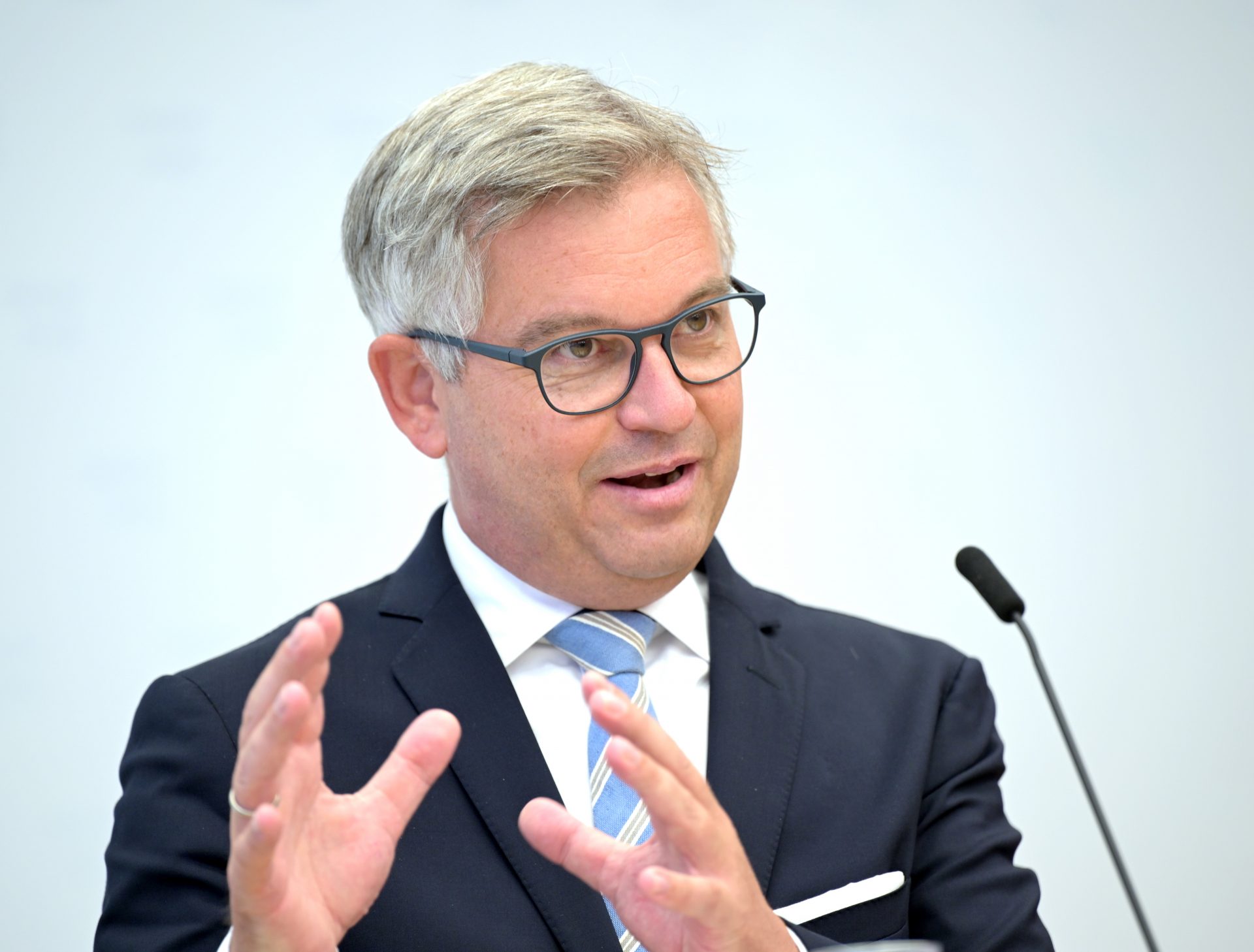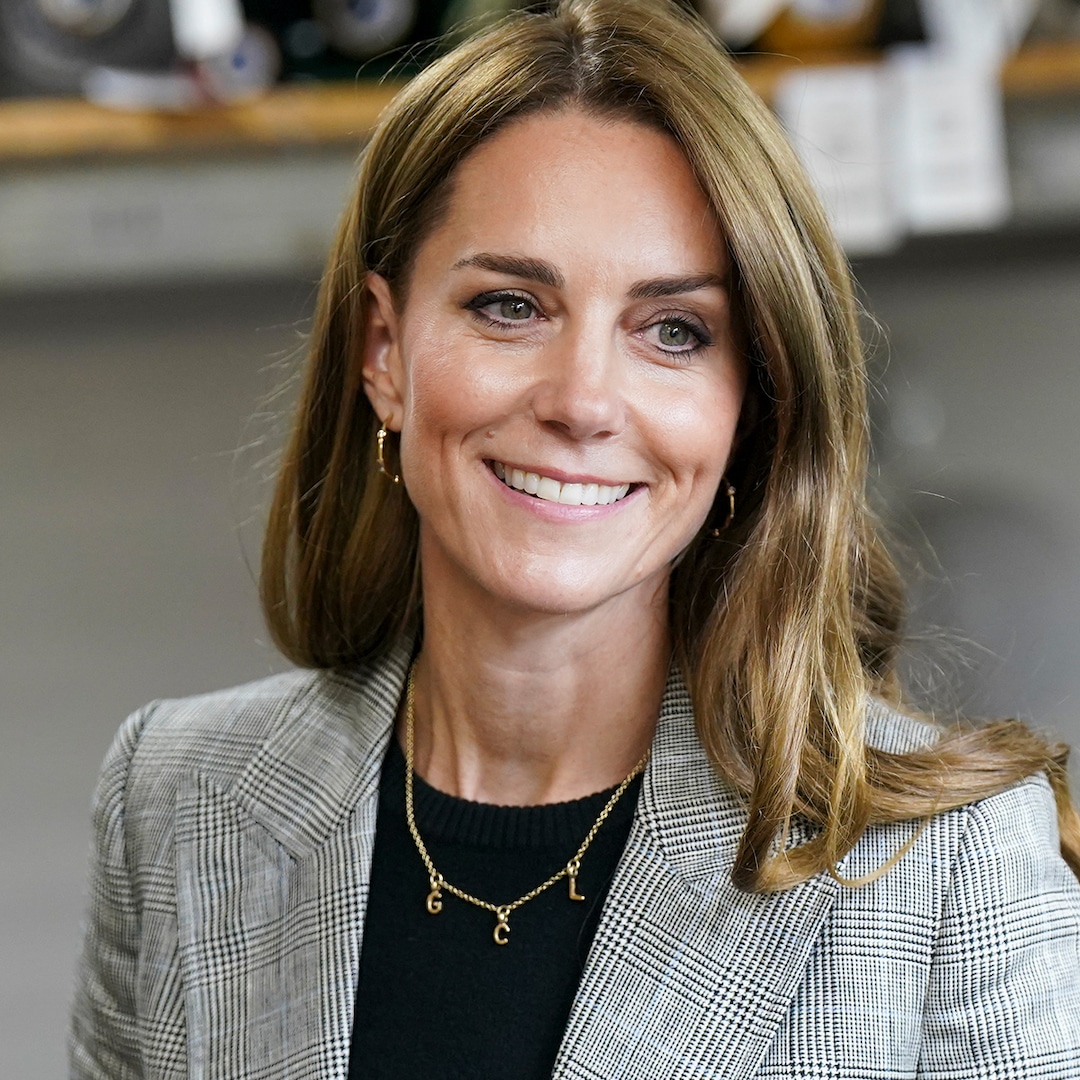EU migration chief: we decide who can come to Europe – and who cannot

Brussels (enr) – Ten years after the 2015 migration wave and Angela Merkel’s famous three words in German “Wir schaffen das” (“We can do this”), Europe’s migration policy is once again at a turning point.
For EU Migration Commissioner Magnus Brunner, it is a moment to reflect on the lessons learned over the past decade – and on what lies ahead as migrants and asylum seekers continue on their path into the bloc.
In written replies to questions from the European Newsroom (enr), the Austrian Commissioner said the European Union decides who does or doesn’t cross its borders. To manage the further arrival of migrants from outside the EU, he called for more effective returns and stronger cooperation with third countries.
Question: Ten years after the 2015 refugee crisis, the EU has implemented significant policy reforms, including the new Pact on Migration and Asylum. However, many challenges – such as uneven burden-sharing and persistent high numbers of arrivals – remain unresolved. What concrete steps is the EU taking to ensure that the lessons of 2015 are fully implemented and that member states share responsibility more equitably in future migration crises?
Answer: “Europe has been confronted with a series of challenges in the area of migration over the past ten years and has shown extraordinary responsibility. These challenges exposed clearly where the weaknesses in our asylum system lie. And we are addressing them. I think the biggest lesson we learnt is that in a European Union of 27 Member States, migration is an issue that must be addressed jointly. After ten years of negotiations, we are putting in place a modern migration system that restores control over who can come to Europe – and who cannot.
At present, we are still applying the old legal framework. With the full entry into force of the Pact for Migration and Asylum in June 2026, along with our other proposals for more effective returns and stronger cooperation with third countries along the route, this is changing. In areas where we stepped up our cooperation, we see a significant drop in irregular arrivals, such as the Western Balkans (-95% drop since 2022) and the Central Mediterranean (-60% drop since 2022).”
Q: The EU has promised “never again” – yet we still see chaotic scenes at Europe’s external borders. Can you name a few concrete examples how Frontex and the EU as a whole changed its course towards a more humane treatment after the many accusations of violent pushbacks in the past?
A: “To prevent people from going on dangerous journeys, we need [to] engage with third countries along the route as well as in countries of origin. For this, we need to work on comprehensive partnerships to ensure that migration issues can be addressed. And we are working with various tools, such as visa policy, trade and also development aid, to achieve this.
When it comes to our external borders, there are no ifs or buts: human and fundamental rights must be respected. This is what makes us European.
Frontex supports Member States in protecting their external borders by providing technical and operational support. Frontex was equipped with a new mandate in 2019, which already went a long way in strengthening the agency’s fundamental rights protection system, including through the Fundamental Rights Officer, who is responsible for monitoring compliance with fundamental rights and handles every complaint individually. We want to go further and will update Frontex’s mandate again to ensure the EU’s border agency is equipped for the future. The presence of Frontex teams actively contributes to situational awareness and support Member States in their duty to protect the Union’s external borders.”
Q: Ten years on, has the EU learned to take a different approach or will it continue to pursue solutions such as outsourcing the migration challenges to countries like Albania and Tunisia, through the upcoming Return Hubs, instead of solving the puzzle in-house?
A: “The Commission is implementing a two-track approach of pursuing sustainable structural reform alongside targeted operational response including through comprehensive partnerships with partner countries. Agreement on the Pact on Migration and Asylum reforms allows the EU to turn the page on past fractures and consolidate a common approach to migration and border management. In other words, we are getting our European house in order, and ensuring that we have the right legal framework to be able to set up fast, efficient and streamlined procedures for asylum and return and a harmonised system for managing the arrival of non-EU nationals.
At the same time, we know that migration does not start nor end at our borders, so we need to step up our engagement with third countries in a whole-of-route approach to migration management. The Commission works with Member States in a Team Europe approach to deepen comprehensive partnerships based on mutual interests, of which migration is often one. This approach has also allowed an intensification of operational work with partners spanning the full range of migration and displacement-related cooperation – tackling root causes, protection of refugees and vulnerable migrants and the related challenges, strengthening border management, preventing irregular departures and tackling the trafficking in human beings or smuggling of migrants, stepping up returns, readmission and reintegration, and creating legal pathways.”
Q: Evidence suggests that the crisis led to a loss of public trust in institutions and increased political polarization around migration. How does the EU plan to rebuild public trust and foster a more evidence-based, less politicized debate on migration, especially in the face of rising anti-immigration sentiment across several member states?
A: “From my perspective, the priority on migration should be to [instill] confidence among people that we have control over what happens in Europe. To achieve this, we must manage migration in a fair and firm manner while coordinating our actions at the European level. This means establishing clear rules about who can enter, stay in, and who must leave the EU. It also involves working together to address our shared challenges.
What people rightfully expect from us as European institutions and national governments is the ability to address the challenges we face. We have to listen to people’s concerns and pursue serious policies that provide solutions for these concerns. And we need to work together as [a] Commission, Member States and Parliament to deliver.“
The European Union’s Pact on Migration and Asylum is set to enter into force in June 2026. It is a set of new rules managing migration and establishing a common asylum system at EU level. According to EU border agency Frontex, it “will ensure that the Union has strong and secure external borders, that people’s rights are guaranteed, and that no EU country is left alone when under pressure.”
This article is an enr Key Story. The content is based on news by agencies participating in the enr.
















































